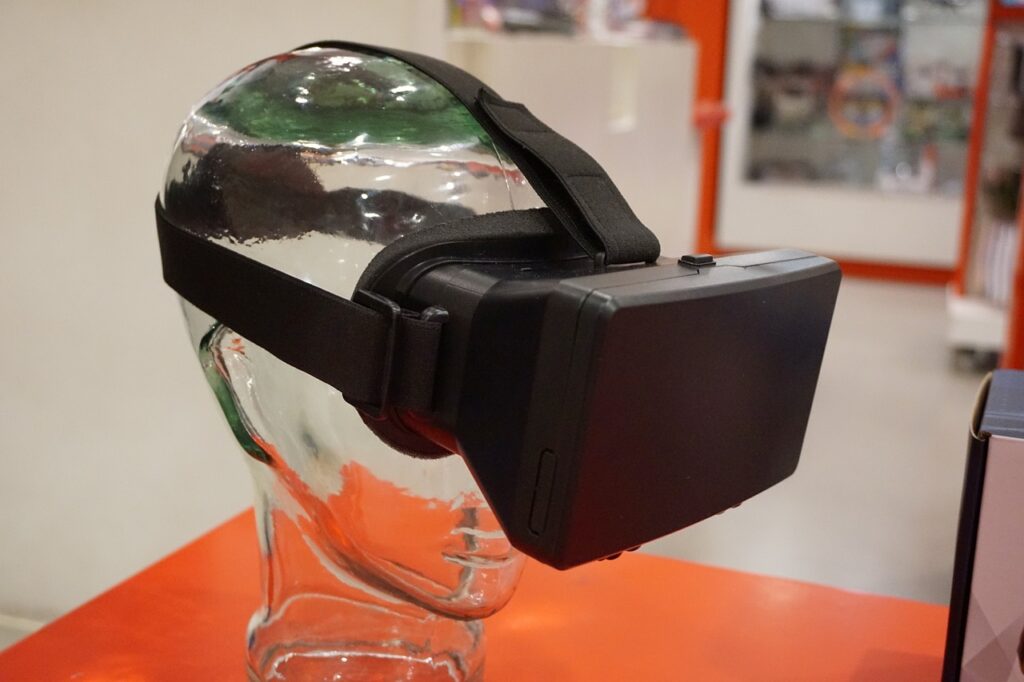Virtual Reality (VR) is an exciting technology that has the potential to transform how we experience digital content. From immersive gaming to virtual tours and training simulations, VR has opened up new dimensions of entertainment and education. However, as with any technology, questions arise about its security. Can a virtual reality environment be hacked? In this article, we will explore the security of VR environments and whether hacking is a real concern in the world of virtual reality.

Understanding Virtual Reality
Before delving into the security aspects of virtual reality, it’s essential to understand what VR is and how it works. Virtual reality is a technology that uses computer-generated 3D environments to immerse users in a virtual world. This immersion is typically achieved through the use of specialized headsets, motion controllers, and sometimes sensors that track the user’s movements.
-
Headsets: VR headsets like the Oculus Rift, HTC Vive, and PlayStation VR are used to view and interact with virtual environments. These headsets have built-in screens, motion sensors, and audio devices.
-
Motion Controllers: Many VR systems come with handheld motion controllers that allow users to interact with objects and navigate within the virtual world.
-
Sensors: Sensors placed around the room (in some systems) help track the user’s movements, ensuring a more immersive experience.
-
VR Content: Virtual reality content can be anything from games and simulations to educational experiences and artistic creations.
The Security of Virtual Reality
Virtual reality is a relatively new field, and the security aspects of VR environments are continually evolving. Some key security considerations include:
-
Privacy: VR systems often require the collection of data about user movements, interactions, and sometimes even biometric data. Protecting this data from breaches is crucial.
-
Content Security: Ensuring that the content users access in VR is safe and free from malicious elements is another concern.
-
Hacking Risks: The hardware, software, and network connections that make VR possible are potential targets for hackers.
Is It Possible to Hack a Virtual Reality Environment?
While the idea of hacking a virtual reality environment may sound like science fiction, it is, in theory, possible. Here are some potential scenarios:
-
Device Vulnerabilities: VR headsets, motion controllers, and sensors rely on software, and like any software, they can have vulnerabilities that hackers could exploit. This might include manipulating how the hardware functions or gaining unauthorized access to user data.
-
Content Manipulation: Hackers could potentially create or modify VR content to introduce malicious code, fake environments, or disturbing experiences. For example, they might create a seemingly safe game or simulation that turns into something harmful.
-
Network Vulnerabilities: VR systems often rely on internet connections for updates and multiplayer experiences. If the network infrastructure is insecure, hackers might attempt to intercept data or launch attacks on the network itself.
-
Privacy Concerns: Collecting data about a user’s movements and biometrics raises privacy concerns. Unauthorized access to this data could have serious consequences.
It’s important to note that hacking a virtual reality environment is not a common occurrence, and there haven’t been many reported incidents. This is due in part to the relatively small user base of VR technology and the robust security measures put in place by manufacturers.
Protecting Your Virtual Reality Environment
While the risk of hacking in the world of virtual reality is relatively low, it’s still essential to take measures to protect your VR experience:
-
Regular Updates: Keep your VR hardware and software up to date. Manufacturers release updates to patch security vulnerabilities.
-
Content Sources: Only download content from trusted sources, such as official app stores. Avoid sideloading content from unknown or unverified sources.
-
Secure Network: Ensure that your home network is secure and that your VR system is connected through a protected Wi-Fi network.
-
Privacy Settings: Review and adjust privacy settings on your VR system to control the data it collects and shares.
-
Physical Security: Keep your VR hardware and accessories secure to prevent unauthorized access.
Conclusion
The concept of hacking a virtual reality environment is theoretically possible, but it remains a relatively low-risk concern for most users. Manufacturers are aware of the security challenges in the VR space and work to mitigate vulnerabilities. By taking the necessary precautions, such as keeping your hardware and software up to date and being cautious about where you source your VR content, you can enjoy the immersive experiences of virtual reality without undue worry. As VR technology continues to evolve, it’s essential to stay informed about security best practices and advancements in protecting your virtual reality environment.